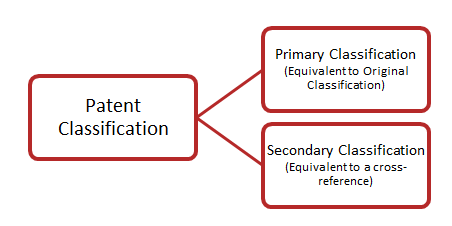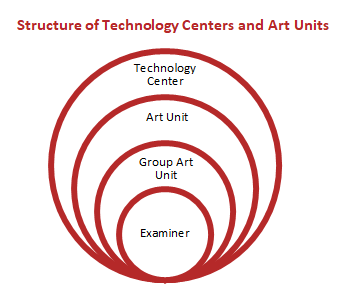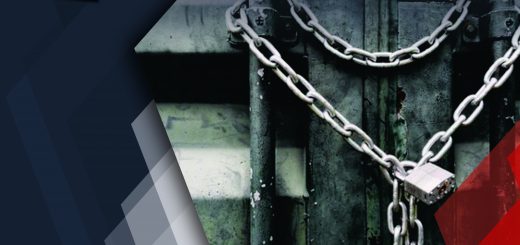Overcoming Abstract Idea Rejections Through Strategic Patent Application Drafting Approach
The rejection of patent claims as abstract ideas by the United States Patent and Trademark Office (USPTO) poses a formidable challenge for innovators heavily invested in Research and Development (R&D) efforts to safeguard their innovations. A strategic solution to this issue lies in targeted patent application drafting, allowing patent drafters to anticipate the specific art unit (AU) responsible for reviewing the application. This approach optimizes claim scope, enhancing the likelihood of approval or a higher grant rate without encountering undue complications.
In this article, we embark on an exhilarating exploration into the art of patent application drafting, navigating abstract patent idea rejection, and uncovering the keys to securing your innovation with Sagacious IP by your side.
Table of Contents
Understanding Abstract Idea Rejection
The Manual of Patent Examining Procedure (MPEP) § 2106 of patent laws followed by the USPTO outlines the two criteria for subject matter eligibility, emphasizing:
- First, the claimed invention must fall under one of the four categories, i.e., process, machine, manufacture, and composition of matter.
- Secondly, the claimed invention must not direct to any of the judicial exceptions, including an abstract idea, natural phenomena, or law of nature.
Abstract ideas, among the judicial exceptions, are further classified into mental processes, mathematical concepts, or methods of organizing human activity, as per the 2019 Revised Patent Subject Matter Eligibility Guidance (2019 PEG).
Despite variations in the frequency of abstract idea rejections across different art units, the USPTO follows a consistent 2-step process, often referencing previous court cases to justify rejections. While not all reasoning may align with applicants’ perspectives, having a rationale to engage with is essential. Furthermore, some examiners actively seek and suggest materials within patent specifications that attorneys can leverage to overcome abstract patent idea rejections.
Navigating Patent Classification & Technology Centers
Patent Classification underwent a significant transformation on January 1st, 2013, when the USPTO replaced the outdated United States Patent Classification (USPC) system with the modern Cooperative Patent Classification (CPC) system, developed in collaboration with the European Patent Office (EPO).
Under the CPC system, it categorizes patent applications into primary and secondary classifications based on their core innovative concepts, with claims serving as guiding criteria. This classification procedure streamlines the assignment of art units (AUs) responsible for reviewing applications within specific technical domains.

Upon submission, the patent office places a non-provisional application into one of the predefined categories. Subsequently, the patent office designates an art unit aligned with that category to oversee the examination process. Various factors, including technological aspects, influence the allocation of these classifications, making the assigned category and art unit somewhat predictable.
Within the USPTO’s technology centers, specialized examiners are organized into AUs dedicated to evaluating patent applications within distinct scientific or technical fields. These AUs, further subdivided into group art units (GAUs), play a pivotal role in scrutinizing patent applications and determining subject matter eligibility. Understanding the layout of technology centers, AUs, and GAUs empowers applicants to strategically navigate their patent applications for optimal evaluation, thus streamlining the examination process.

Customized Patent Application Drafting Strategies
The grant rate of patent applications is often influenced by the approach of examiners within different art units towards abstract idea rejections. Following the 2019 PEG, several art units have shown improved grant rates, particularly in hardware-based and non-business-related domains. Nonetheless, certain art units maintain stringent criteria for patent idea subject matter eligibility, posing challenges for innovators seeking protection for their inventions.
To navigate these challenges, practitioners advocate for “Targeted Patent Application Drafting,” a proactive strategy involving the anticipation of specific art units’ preferences during claim drafting. This approach aims to align application claims and scope with art units more inclined towards granting patents, thus minimizing the risk of rejection and maximizing the likelihood of successful patent prosecution.
Approach for Targeted Patent Application Drafting
Crafting a robust patent specification is paramount in navigating the complexities of patent prosecution, particularly when facing challenges related to patent idea rejections. Therefore, patent practitioners must draft with foresight, anticipating potential rejections based on abstract ideas. Moreover, they should equip their specifications to effectively address any office actions or patent idea rejections. Mere responses to office actions may fall short if the specification fails to underscore the technological advancements inherent in the alleged abstract patent ideas. A well-supported specification lends credibility to arguments, often influencing the examiner’s evaluation positively.
In instances of recurrent rejections based on abstract ideas from a specific art unit, it is prudent to adjust the scope of claims to target a different unit more favorably disposed towards grant. This can be achieved by filing a continuation application featuring a revised scope of claims aimed at a specific art unit with a higher grant rate. However, this tactic is only viable if the specification has been meticulously fortified with sufficient evidence to substantiate the arguments presented in response to office actions.
What Sets Sagacious IP Apart for Patent Application Drafting and Prosecution
At Sagacious IP, our patent preparation and prosecution service is designed to help businesses cut costs and expedite the patent examination process for swift approval. Our expertise lies in strategically navigating patent applications towards the most advantageous art units, thereby maximizing the likelihood of success. Our team of seasoned patent drafting professionals not only meets the requirements of patent offices but also ensures that patent applications encompass the broadest possible scope by refining and optimizing innovative concepts. Working closely with subject matter experts, we ensure the accuracy and completeness of patent applications from every angle.
Final Thoughts
As we near the end of our journey, the path to patent approval shines brightly ahead. It’s essential for patent drafters to anticipate the art unit and avoid those with poor grant rates during application drafting, thereby reducing prosecution costs, achieving early grants, and sidestepping patent idea rejection. Additionally, patent applicants can explore directing their application to a different art unit through a continuation application with a different scope of claims.
At Sagacious IP, we offer patent preparation and prosecution services meticulously crafted to optimize the grant process and minimize expenses for businesses. With a team of over 350 patent experts covering a wide array of technology areas, we leverage our vast experience to strategically navigate the patent application process. Our precision in drafting and alignment with favorable art units ensures that applicants achieve timely grants while avoiding unnecessary delays or rejections. Learn more about our Patent drafting service.
– Gaurav Gupta (ICT Drafting and Prosecution) and the Editorial Team




